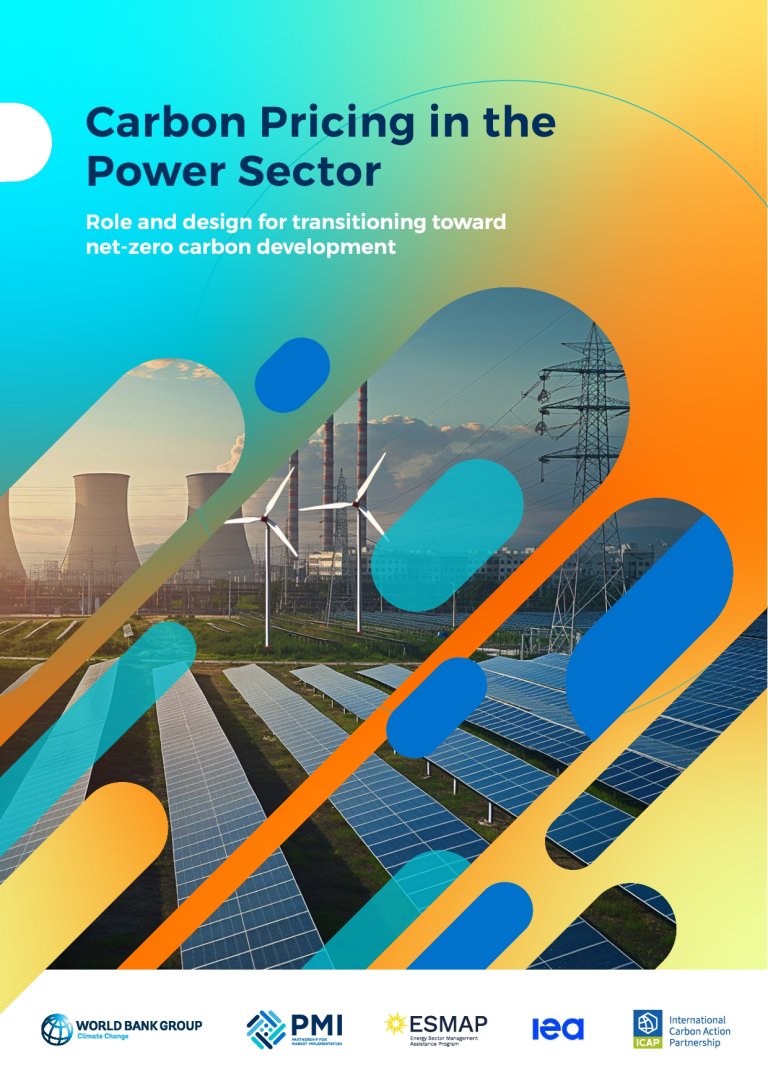Carbon Pricing in the Power Sector: Role and design for transitioning toward net-zero carbon development


Category
Topics
Release date
Language
The number of countries that have announced some type of commitment to net zero emissions has increased very rapidly in recent years, from five in 2018 to over 145 in 2023. Middle and low-income countries must therefore consider policies to both grow and decarbonize their power sectors. A growing number of them are considering carbon pricing instruments (CPIs). However, the path to implementing carbon pricing is fraught with challenges, including financing obstacles, the urgent need to boost supply, and social priorities different from those of more advanced economies with more carbon pricing experience. This report delves deep into the power sector value chain dynamics, demonstrating how well-designed carbon pricing instruments can be instrumental in helping countries reach their decarbonization goals. Focusing on how decisions are made in diverse power sector models in several developing countries, this report establishes that the CPI must be carefully positioned at the right regulation point in the power sector’s value chain—rather than merely adding a burden for the sector. Getting it right can influence everything from power generation options to investment decisions and customers’ behaviors.
Citation
“World Bank; International Energy Agency (IEA); International Carbon Action Partnership (ICAP). 2024. Carbon Pricing in the Power Sector: Role and design for transitioning toward net-zero carbon development. © Washington, DC: World Bank. http://hdl.handle.net/10986/42091 License: CC BY-NC 3.0 IGO.”
URI
